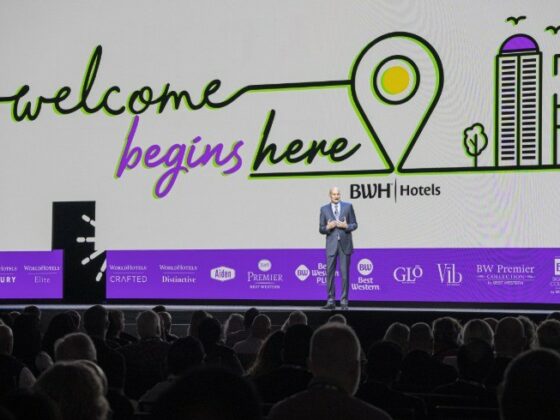Opinion
Recent data suggests brands may be spending too much on social. But paid social isn’t performing badly — quite the contrary. The key lies in understanding how and when to use it.
“Brands could be spending three times too much on social. You read that right.” A memorable headline from a recent article by my brilliant colleague Richard Kirk.
As a social practice lead, the obvious response, understandably, may be to feel threatened or take this personally. But I don’t.
The better response is to ask: why is the insight showing this? And how can I ensure I’m spending correctly in paid social?
If you get the latter right, the same data shows paid social can be your strongest-performing channel, so you won’t need to worry.

Don’t catastrophise…
That headline, or the evaluation, doesn’t mean paid social is performing badly as a channel.
On the contrary, it’s strong. According to the Profit Ability 2 analysis, brands are seeing an average of £3.20 profit return on investment (ROI) and, as a channel, it’s contributing 9% of full profit volume, behind only linear TV and search.
Could your spend profile be optimised? Probably. And media agencies should always be exploring this on behalf of their clients. Perhaps this involves reducing spend in paid social.
Could you be getting more out of paid social as a channel? Almost certainly — and specialist teams should always be exploring this. The answer to this can change the optimal laydown evaluation.
…but don’t rest on your laurels
Because paid social performance is good and reliable, many don’t want to change anything. Don’t fall into the trap of “last year’s plan” because it’s safe; it’s the Achilles’ heel of strategic evolution and, over time, impact will suffer.
The game is constantly changing and the rules are dictated by consumers. And they want entertaining.
More than 60% of social media users expect advertising to entertain them — brands cannot continue to push creative that serves their own agenda but isn’t made for the platform(s).
Our insight shows that influencer drives +9% ROI and +10% social signal strength versus traditional paid social, while partnerships drive +52% ROI versus traditional paid social. We’re leaning in to this.
Stop and breathe
Paid social has seen explosive growth.
According to Warc’s Global Ad Trends, paid social will become the largest worldwide channel this year. This is astonishing given it was 68% smaller than search less than 10 years ago. A significant contributor to this growth has been the perception that it’s a mass-reach channel.
Of course it offers significant reach — only a fool would suggest otherwise — but is it the best means of reaching all audiences? Arguably not. But it’s become the dumping ground for catch-all, all-adult, broad-buy campaigns, most of which have insignificant budgets to drive any real outcomes and are increasingly having a counter-productive effect as users become frustrated with advertising bombardment.
The IPA’s recent Making Sense report shows that less than 90% of 16- to 24-year-olds can be reached weekly; few channels can match these numbers. But, for the 55-plus audience, it’s approximately 50% reach — so other channels may be better-suited to speak to them, all things considered.
Planning teams need to take a second to look at their target audience’s consumption data and make informed decisions, but often the ability to “get live” quickly is trumping this. It may be the most cliched expression in the industry, but we need to be aiming for “bigger, better, fewer”.
From good to GREAT
At EssenceMediacom’s social practice, we’ve established the GREAT planning framework to evolve our paid social and buying.
It keeps us honest and ensures we don’t become lazy or fast-track to execution because we’re seeing good enough results, are time poor or just because we can.
Below are the questions we must be able to answer for every response:
- What is the behaviour you want to change? Start with this, not platform metrics.
- Who are the people we want to affect? Planning audiences should sound like characters in a book, not lines on a spreadsheet.
- Where are these people spending their time? One in four UK adults use at least three social media platforms each week — we need to understand the nuances of the roles they play in their lives and plan for each accordingly.
- Why are people using these platforms? Go beyond default sweeping statements like “Facebook is for connecting with friends”.
- How do we intercept their feeds? Make sure you understand, and play by, the new rules.
The latest data shouldn’t strike fear in social — it’s a much-needed provocation and wake-up call to ensure we’re doing better as an industry.
If the right approach and thoughtful consideration is always taken, the tide can easily be turned.
 Josh Gornell is head of paid social at EssenceMediacom
Josh Gornell is head of paid social at EssenceMediacom





